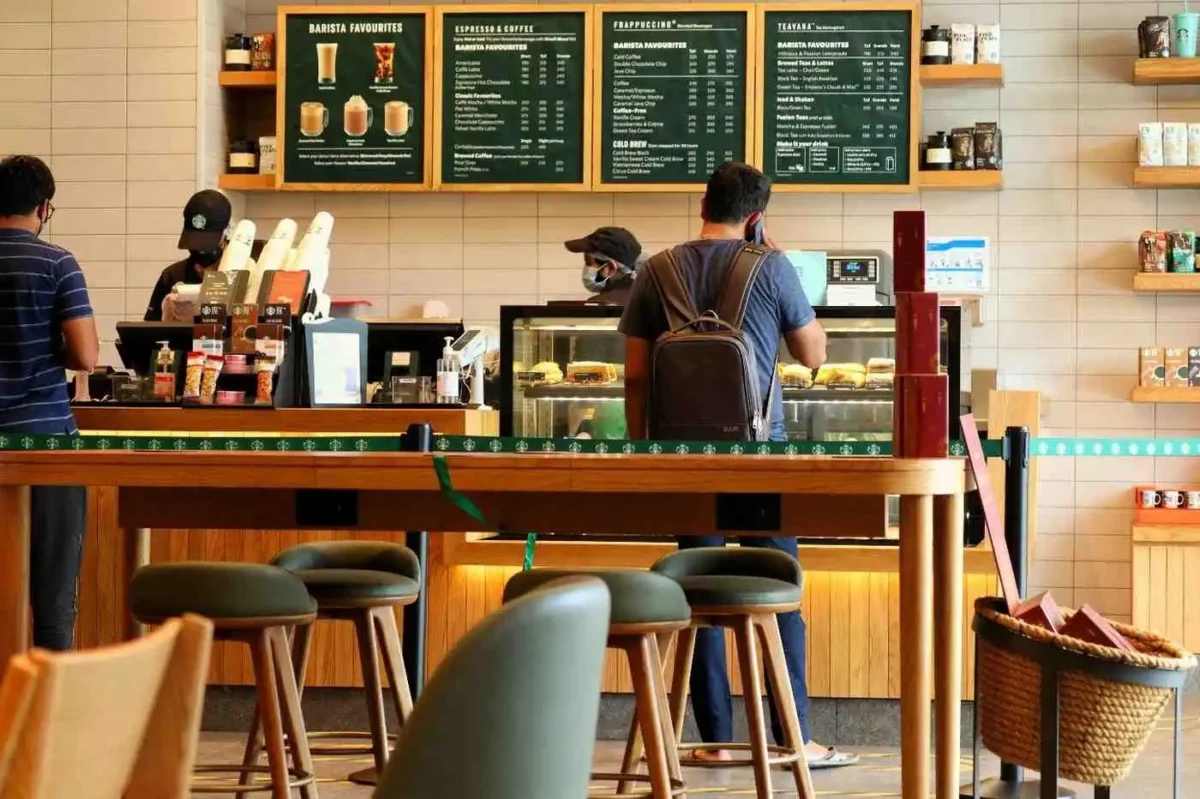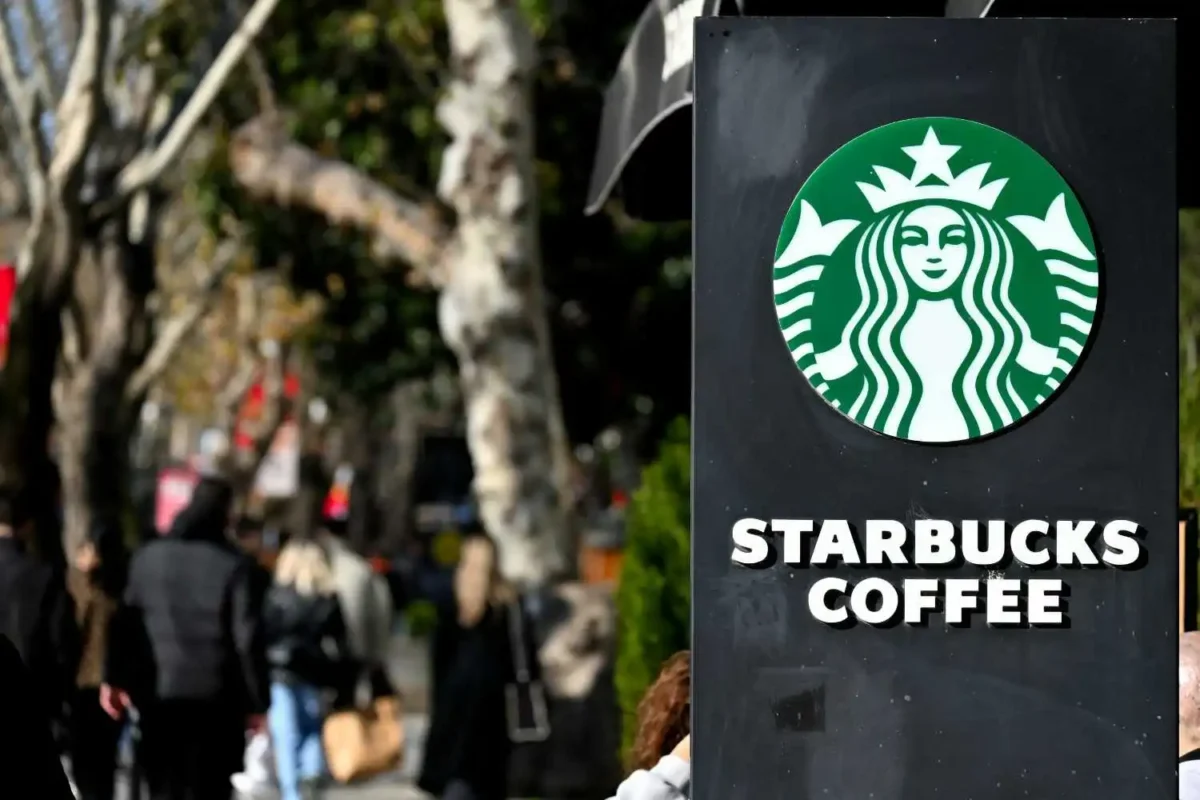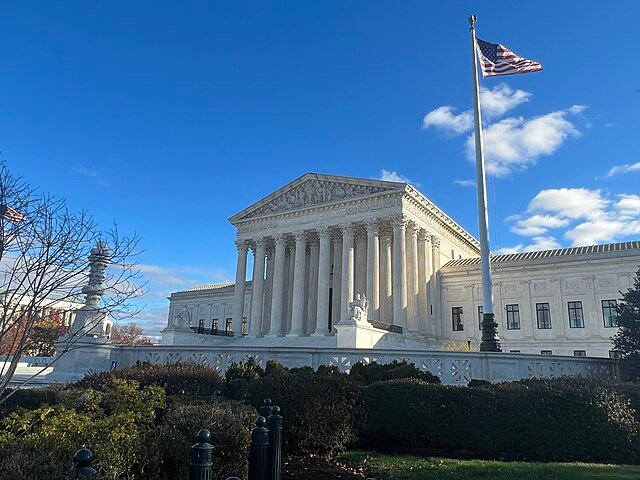Starbucks pursues its mission to win back clients by speeding up benefits and resuscitating classic café components like ceramic mugs and personalized in-store encounters. Whereas early signs propose deals are gradually recovering, a long-running labor debate threatens to eclipse the brand’s modifying strategy.
On Thursday, clients in select US areas may experience picket lines as unionized baristas arrange another walkout. The challenge, organized over more than 25 cities, looks for higher compensation, progressive benefits, and expanded staffing levels. It marks the third major strike driven by Starbucks laborers who joined together since the labor development started a long time back.
According to union representatives, Starbucks’ new service initiatives – though aimed at improving customer experience – are putting added pressure on employees.
“Working here has become more demanding than ever,” said a union spokesperson who previously spent 15 years as a Starbucks barista. “Progress shouldn’t mean exhausting the workforce.”
Starbucks, be that as it may, accepts the strike will have a negligible effect, expressing that most of its 10,000+ company-run stores across the US will work as normal. Still, the timing adjusts with the chain’s regular “Red Container Day” advancement, raising concerns that negative consideration might disturb a key sales moment.
Recovery Endeavors Progressing, But Challenges Remain
The company has had a turbulent few years, confronting expanded competition, shifting shopper preferences, overestimating social media feedback, and administrative changes.
When Brian Niccol – known for effective turnarounds at Chipotle and Taco Bell—became CEO in the final year, good faith developed. Investors responded positively, pushing the stock up 24% shortly after his appointment.
Niccol launched a revival plan focused on restoring Starbucks’ traditional café identity. Some of the changes included:
- Limiting restroom access to paying customers
- Updating staff dress policies
- Reintroducing comfortable in-store seating
- Allocating over $500 million toward barista training and improved staffing
Despite these efforts, progress has been gradual. Recent earnings reports showed a 1% rise in global same-store sales — the first increase in nearly two years — but US store sales remained unchanged.
“We’re moving forward, but there’s still work ahead,” Niccol told investors during a recent earnings briefing.
At the same time, Starbucks has closed hundreds of stores, reduced corporate workforce numbers, and sold a majority stake in its China operations — all while labor tensions remain unresolved.

Wage Dispute and Stalled Negotiations
Although union leaders reported improved communication earlier in the year, negotiations slowed after Niccol assumed leadership. Talks have focused primarily on wages, staffing, and unresolved labor complaints.
Union representatives claim Starbucks proposed no pay increase in year one, followed by 2% annual raises, which they argue fails to match rising living costs. The proposal was rejected by workers earlier this year.
Starbucks maintains a different view, stating that union demands could affect store operations and overall customer experience. Company officials emphasize that the brand already provides industry-leading compensation, citing average total hourly earnings of $30, including benefits.
“Our doors remain open for continued discussions when the union is ready,” said a company spokesperson in a recent statement.
Reputation at Stake
Although unionized stores represent just 5% of Starbucks’ US company-operated locations, organizers report adding roughly 100 new union locations over the past year, signaling growing momentum.
Brand analysts warn that prolonged unrest could impact both store performance and public perception. In a recent brand reputation ranking, Starbucks dropped to its lowest position since 2016, with experts suggesting customer confidence is heavily tied to employee satisfaction.
“Strong brands start internally,” said one business strategy expert. “Customer loyalty and employee morale go hand in hand.”
Including the weight, more than 80 US officials as of late encouraged Starbucks to reinforce its efforts in coming to a reasonable labor agreement.
What’s Next for Starbucks?
With regular deals underway and major rebuilding in motion, the company finds itself adjusting outside desires with inside challenges.
Industry eyewitnesses say settling labor concerns might be one of the most basic steps in securing a fruitful turnaround. “Rebuilding a brand requires everyone moving in the same direction,” said a management consultant. “Without that alignment, progress becomes even harder.”


